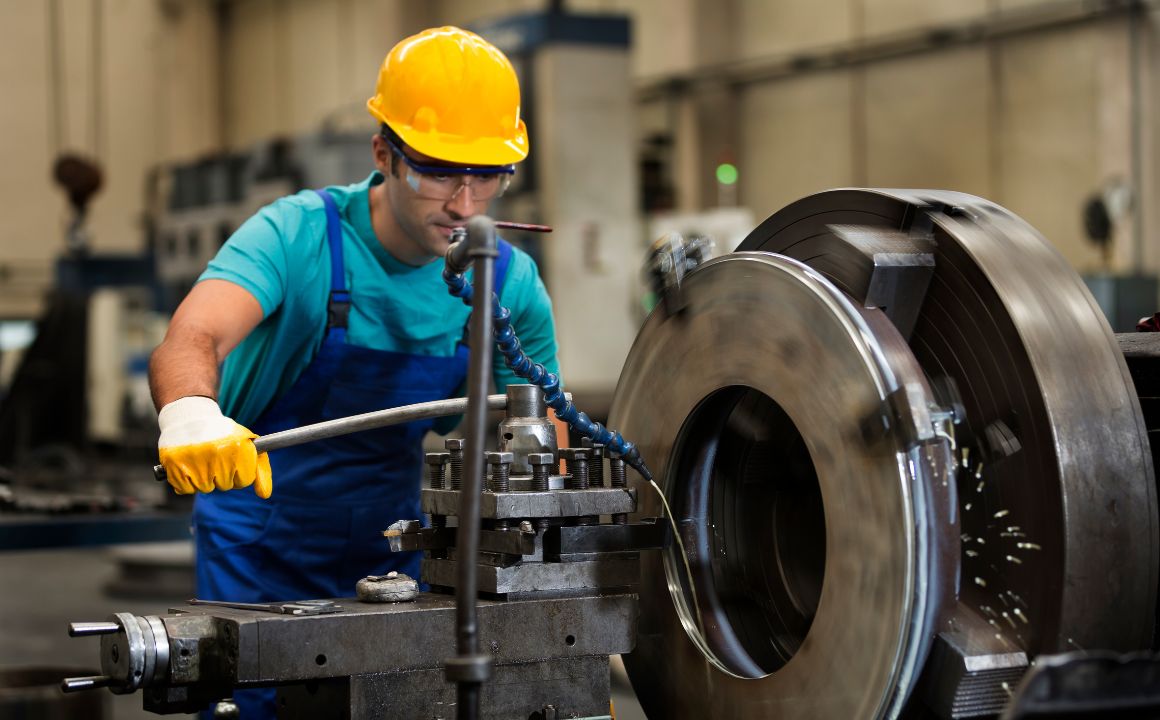A fabricator is a person or company that creates something, often by assembling and shaping raw materials like metal. Common duties include cutting, bending, and welding, and they are crucial in many industries, producing everything from car parts to building frameworks. Another, less common meaning of fabricator is a person who invents or spreads falsehoods.
Job function: Fabricators turn raw materials into finished products by cutting, bending, welding, and assembling them according to specific plans and schematics.
Materials: They commonly work with metal, but can also use other materials.


An electrician is a tradesperson who installs, maintains, and repairs electrical wiring and equipment in buildings and other structures. They work with systems for power, lighting, and contr

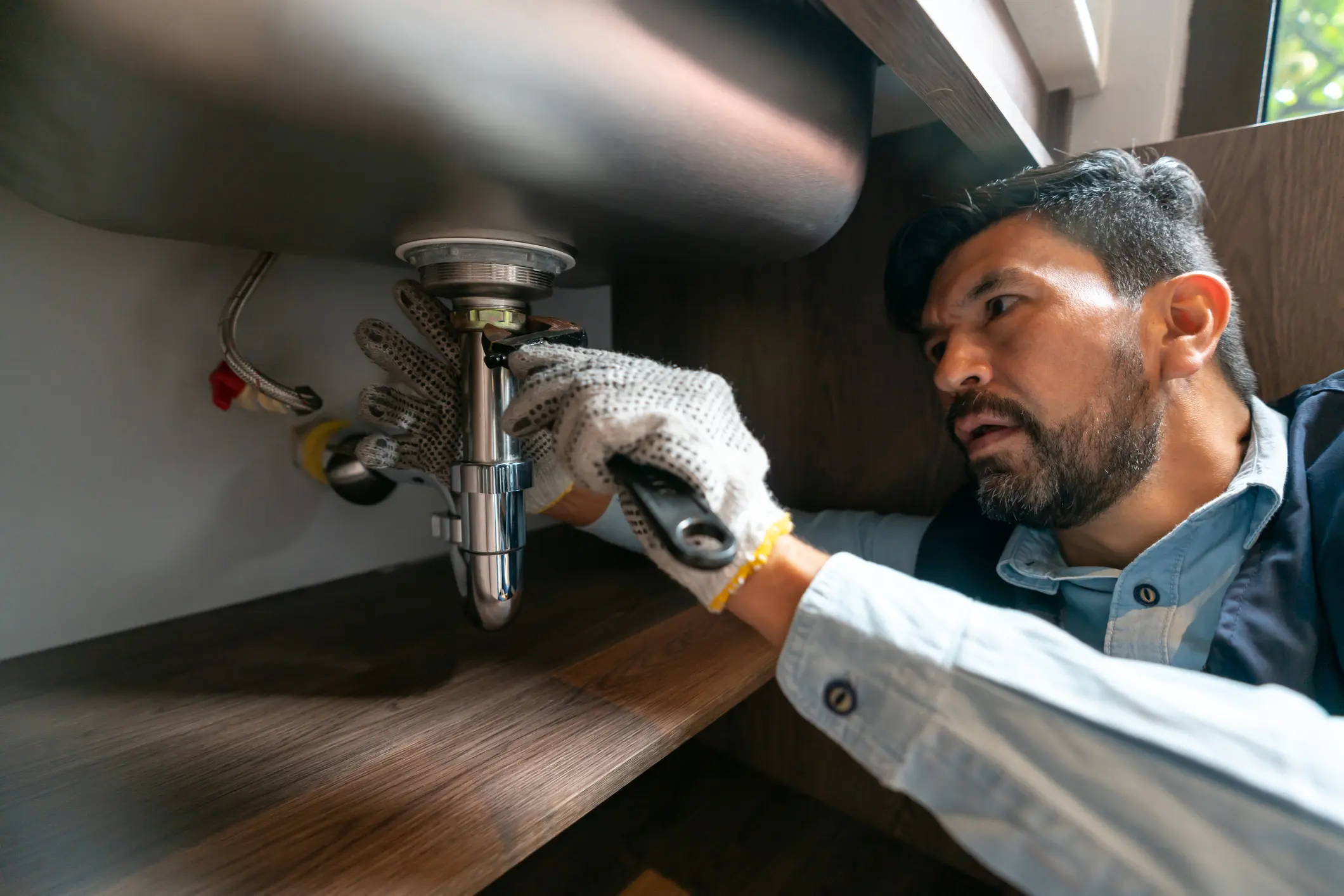
A plumber is a skilled professional who installs, repairs, and maintains plumbing systems in residential, commercial, and industrial settings. These systems are used for the distribution of


An HVAC (heating, ventilation, and air conditioning) technician is a skilled professional who installs, maintains, and repairs climate-control and refrigeration systems in homes, schools, ho


An AC mechanic, often called an HVAC (Heating, Ventilation, and Air Conditioning) technician, installs, maintains, and repairs climate-control systems in residential, commercial, and industr

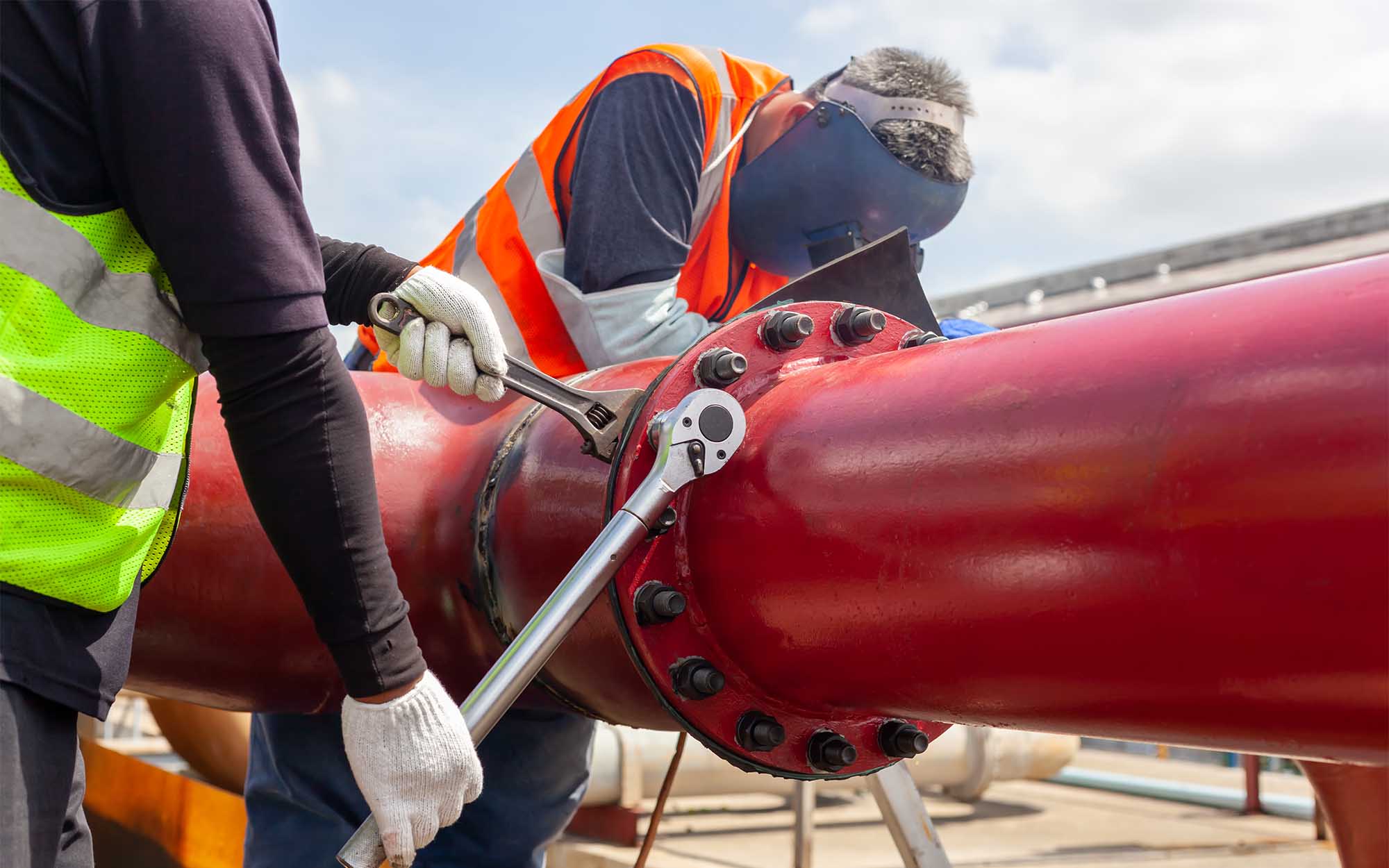
A pipefitter is a skilled tradesperson who installs, assembles, fabricates, maintains, and repairs high-pressure piping systems in industrial and commercial settings. They work with a variet

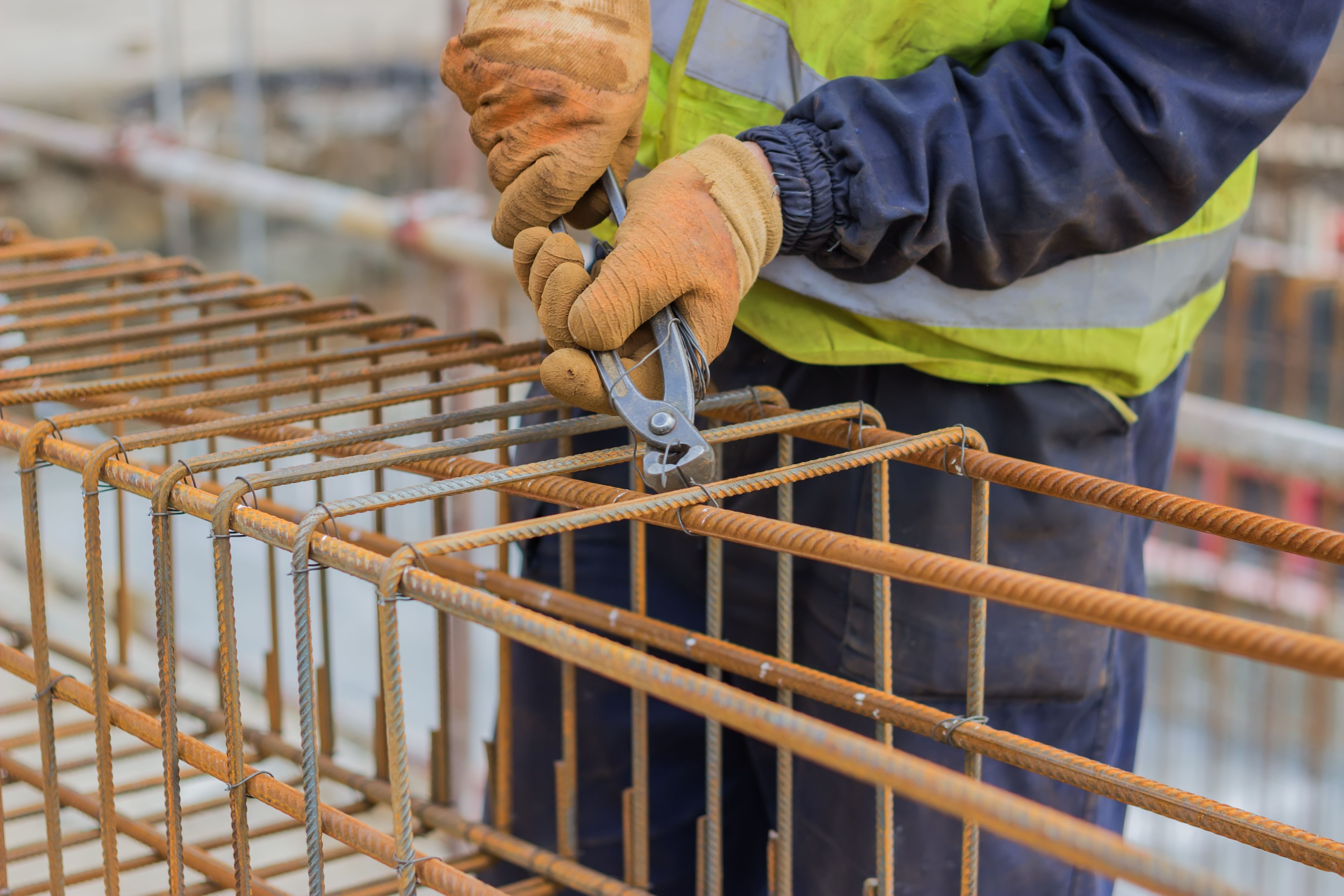
A steel fixer is a construction tradesperson who installs and ties steel reinforcing bars (rebar) and mesh to form the internal skeleton of concrete structures, like buildings and bridges. T


A shuttering carpenter is a skilled construction worker who builds temporary forms, called "shuttering" or "formwork," out of materials like wood and plywood. These forms are used to shape a


A mason specializing in tile, block, and plaster work is a construction professional who builds walls and surfaces using materials like tiles, concrete blocks, and cement plaster. Their duti

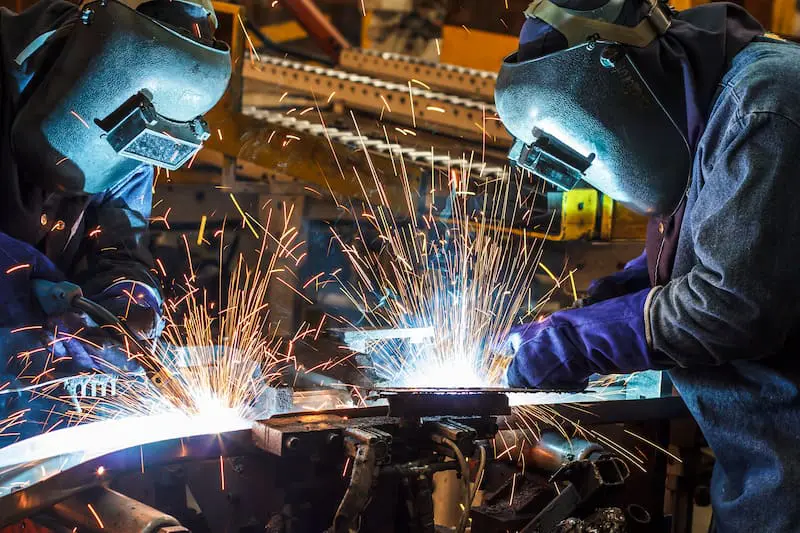
ARC, TIG, and MIG are three distinct welding processes, each using a different method to create an electric arc for joining metal. ARC (Stick) uses a consumable electrode coated in flux, TIG

